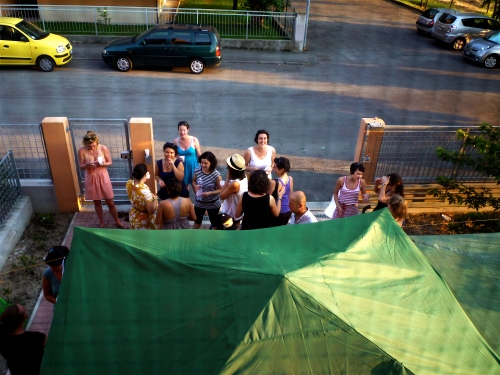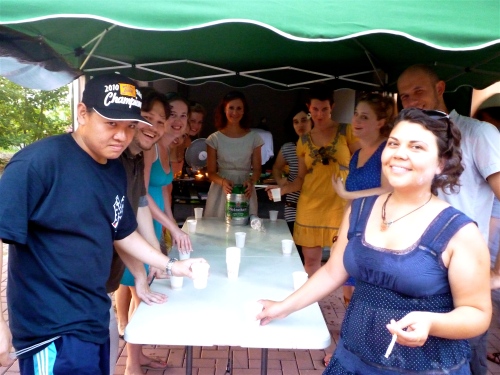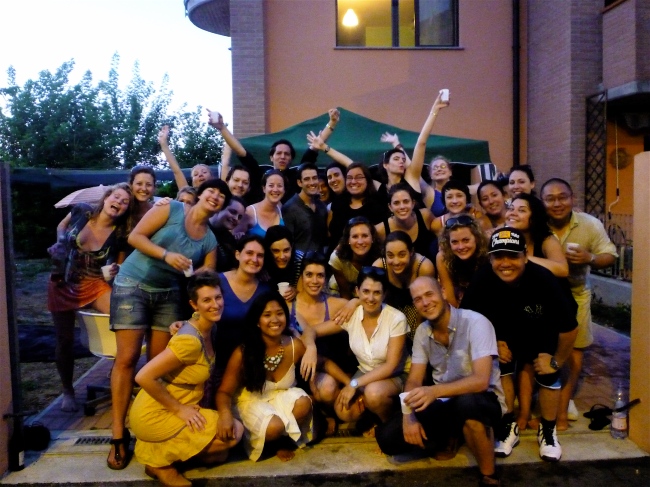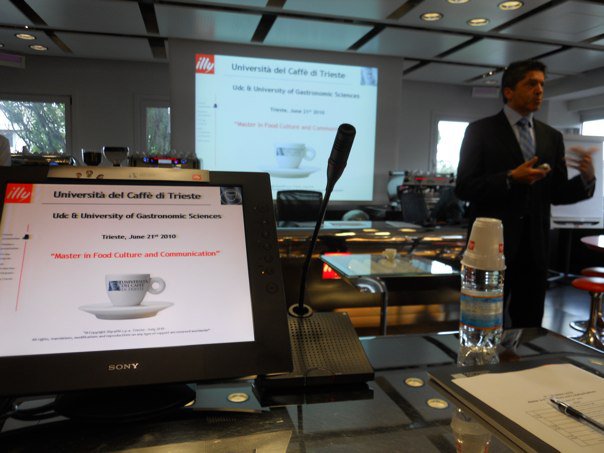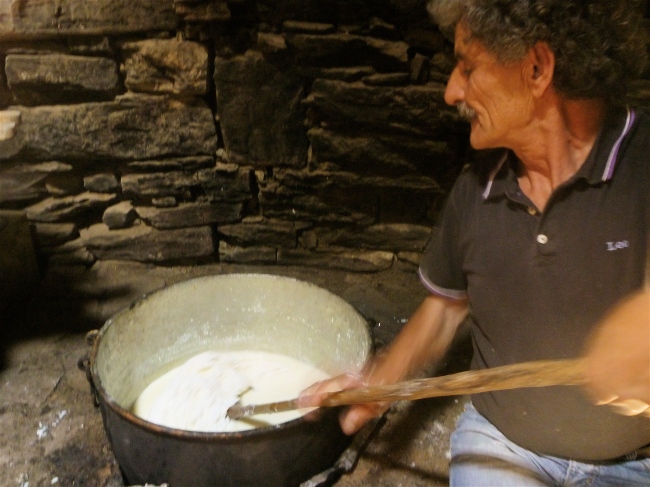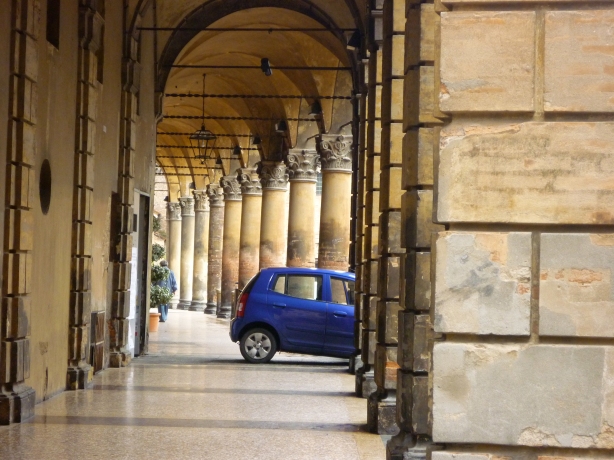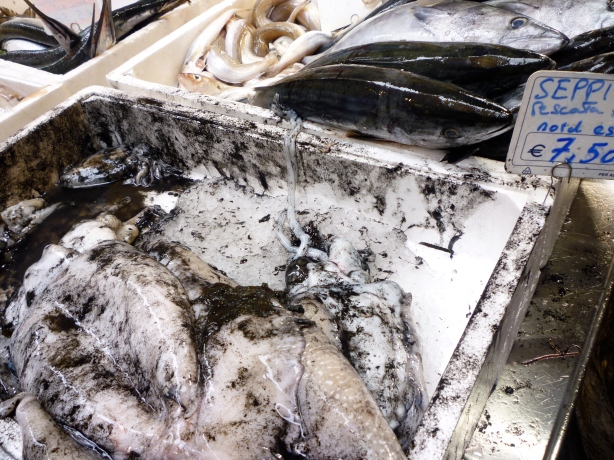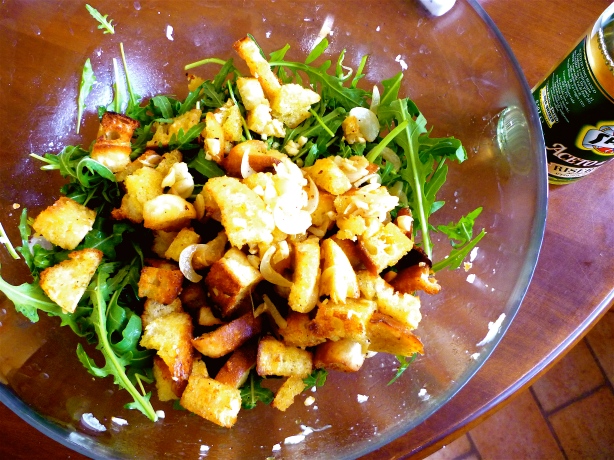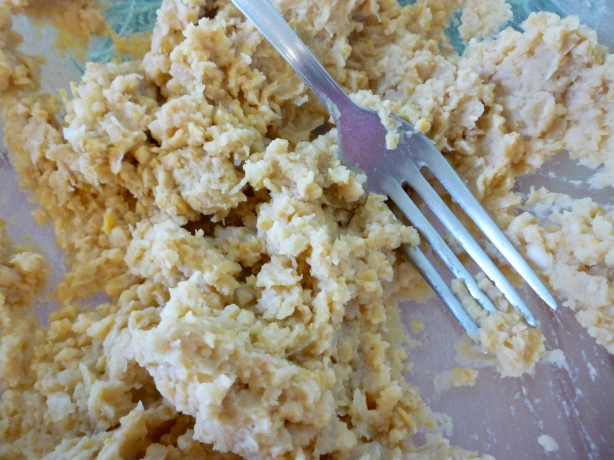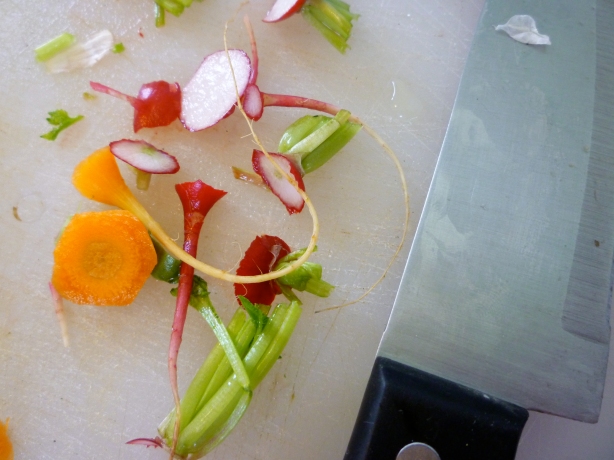Hi guys, I’m back. Sorry I’ve been gone so long, would it help if I said I’ve been reaaalllyyy busy having the time of my life? Well, if not, it’s OK because I come bearing chocolate consolation.
It’s really been a crazy few months, which I’d like to capture for you in a neatly organized bulleted list (the account manager in me will always love a well-constructed bulleted list, they’re just so easy to digest!).
Top six things that happened since I last blogged:
- Rachel visited: one of the best ten day periods of my life. We whirl winded our way through Sardinia, the Cinque Terre, Bologna, Modena and Milan. Rachel’s favorite was the Cinque Terre, mine was showing off a country I love to a friend I love more.
- I stopped by Florence to visit my old journalism professor at Miami, Annie Laurie Blair who was teaching journalism in Italy for the summer. Between figuring out my life with Annie, exploring the south side of the city and meeting some really cool Miami undergrads, I was one happy camper.
- BETSY GOT MARRIED and I WENT HOME. Well, not in that order, but definitely read into the capitalization: it was a HUGE deal, people. Words can’t describe being reunited with your best friends, best (BEST!) family and then watching two of those best friends get married. Bobby and Johnny came up to Michigan (the wedding was in Bay View) with me a few days early to hang out and relax. Even though I traveled thousands of miles to be there, my brothers were definitely the favorites as a result of their charm, good looks and ability to construct tents and chairs in the rain.
- I returned to Colorno, reunited with my friends and started classes again. Northern Italy in the fall is about as beautiful as you’d think it might be. While the leaves have turned gold, the air has turned cool, which is such a relief after the blistering summer. Fog is also a big part of the climate here, and is the secret ingredient to aging perfect Prosciutto and culatello!
- Bobby will be here for Thanksgiving. Again, one of those things that I can’t really describe in words, but since this is a blog I’ll try: I’m so excited that when I think about it before going to sleep, well, I don’t…sleep. I tell my friends he’s way cooler than I am so they better still like me after he leaves. He’s also in charge of bringing cranberry sauce (the most important part of Thanksgiving as far as I’m concerned), so there’s that added excitement/pressure too. Bobby’s also started making really really incredible movies, the latest of which you can watch here.
- I made really yummy Double Banana and Nutella Mini Panini. While this bullet point may seem out of place among the above epic-ness, it’s not. These panini, in my humble opinion, are just that good. I made them for my friend Caro’s birthday brunch, and even my most gastronomically discerning friends were smitten.
So, here’s the chocolate I promised:
Double Banana and Nutella Mini Panini
Makes about 15 mini panini
For the mini banana baguettes:
1/2 cup lukewarm water
4 tablespoons honey
1 package yeast
3/4 cup mashed banana (about 2)
1/4 cup plus 1 tablespoon vegetable oil
1 teaspoon salt
4-5 cups whole wheat flour
Add the lukewarm water to a small bowl and stir in the honey. Now, sprinkle the yeast, stir to blend and set aside for 8 minutes.
In a large bowl add the banana, oil, salt and 2 cups of whole wheat flour. Stir in the yeast and honey mixture until combined. Gradually add the remaining flour and knead in the bowl for 15 minutes. The dough should be elastic and not sticky. To test the dough, stick your thumb into the ball for five seconds. If it comes out clean, the dough is ready. If not, add additional flour ¼ cup at a time.
Oil your bowl with remaining tablespoon of oil and return dough to the bowl. Cover the top with plastic wrap and set in warm place for 1 to 5 hours, or until the dough has doubled in size.
Preheat oven to 350 degrees. Punch down the dough and form into three five inch mini-baguettes about 2 inches in diameter. Flour a cookie sheet or pizza stone and set the baguettes at least 3 inches apart. Bake for 30 minutes or until the bread sounds hallow if tapped on the bottom.
For the panini:
2 mini banana baguettes
5 tablespoons Nutella
2 bananas sliced thinly
2 tablespoons butter
Preheat a large frying pan over medium heat.
Cut the baguette in ¼ inch slices. On half of the pieces spread a thin layer of Nutella. On the other half, place two pieces of banana. Make sandwiches by combining one Nutella piece with one banana piece.
Butter both sides of the sandwich and fry until golden brown, about 3 minutes per side.






